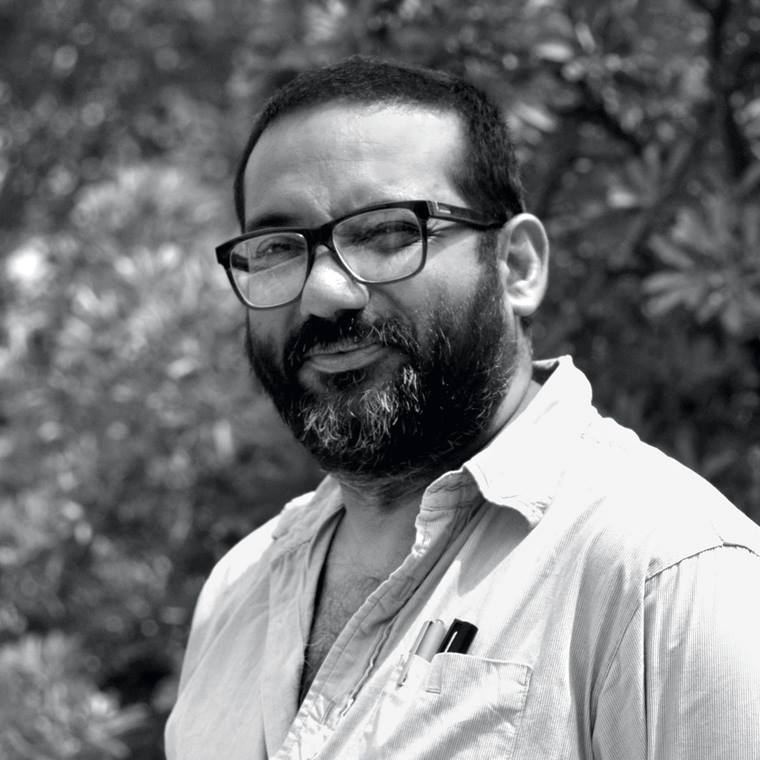In the world of art and creativity, it is unconditionally true that there should be a zeal to learn and relearn. In the case of Jamini Roy, it is clear that he was a pupil for the lifetime. The bend in his works and the learning curves throughout his life can be seen easily by any art critic. In the modern sense, his work becomes more contemporary and in the older sense, it becomes clearer. Artist work from childhood to adulthood and from the western to the eastern to the traditional types of painting tell us all the ups and downs of the artist but there is one thing which cannot be ignored is that there is a kind of distraction in the artist’s mind which is indeed a negative character of an artist but his later works in the Kalighat paintings are very focused and captured.
In the broader sense, we can see that he was learning, captivating his passion as well as understanding the surroundings. It is his understanding which created his feelings towards the world around him. We can see a child who grows to maturity in his work and this maturity becomes so fruitful that he accomplishes the highest virtue of geniuses. There are very few artists in the world with such an aura of artworks and even fewer in the Indian subcontinent.

A playful artist discovers the best places in his/her mind without a doubt. This is what we see in his work “Gopini”. Choosing a tradition and folklore art that is indigenous as well as getting extinct from the world is a bold decision. But choosing a passionate form of art is more important. There is one thing that is very understandable and that particular thing is following one passion no matter what. In his later bold works, we can easily capture his enthusiasm in his works.
Taking a decision completely on one intuition, making mistakes, and admitting it. These are the things that provide experience and creativity to an artist. Some of his works which were made in his last days contain many new strokes. These strokes remind us about his curiosity and learning curves. It is very interesting to know that his works were having some high and low strokes with some different styles and touches.
Communication is the key, art is indeed the part of that communication but the question is- what does he want to communicate? It was the early 20th century and India was under British control, everyone was feeling the need for freedom and love for their nation. It was a tough time for anyone who was living in the country. There were movement and chaos everywhere, the nation was trying to retain its soul. There wouldn’t anything be more useful and better than opting for a technique of painting that was thought to be dead. His choice for opting for Kalighat painting irrespective of the low craze shows us his opinion and burning desire towards the connection of Indian soil.
Who had thought the rise of Indian art will be defined by the soil of Bengal? His patience and evolving works in Indian art during the time of the revolution were nothing sort of surprise. It was the time when writers were indulging their ink in patriotism, every artist was trying to play their part in the freedom of the nation so does the Jamini Roy.
His works were depicted by the soil and Indian materials as well as choosing Indian subjects over any other was truly inspiring and a “swadeshi movement in itself”. Well, in fact, Jamini Roy discards the idea that his works were for the swadeshi movement but we can find it in his work which we cannot ignore. The main reason behind his point to choose an Indian form of art was because of the bold lines and the pale-less structure. He even used to disagree with his school in Bengal which was teaching Indian art in the different way, which was indeed not working well with the ideas of art which were carried by Jamini Roy.
His art was more of a straight structure than a hidden meaning in it. He was more frank and outgoing than leaving a trace to find the mystery in his painting, a true minimalist with a thirst for understanding the system. He was bold but the most important thing which made him more than popular was his works on the media which were never seen before on the horizon of the western sky.
With time he deliberately added strong shades and lights to his works to establish a backbone in it to support the system which he was fighting for. It was simple and bold- he tells the story upfront without any hesitation or hidden agenda. It was his art; it was him in it in every form. His learning from a western-style and adopting the eastern style and polishing it to perfection is truly admirable.

Vikash Kalra is a self-taught artist & writer based in New Delhi whose work has been exhibited across India and is held in several private and corporate collections.
https://www.vikashkalra.com/web/
Leave a Reply